Tatra County
6.79
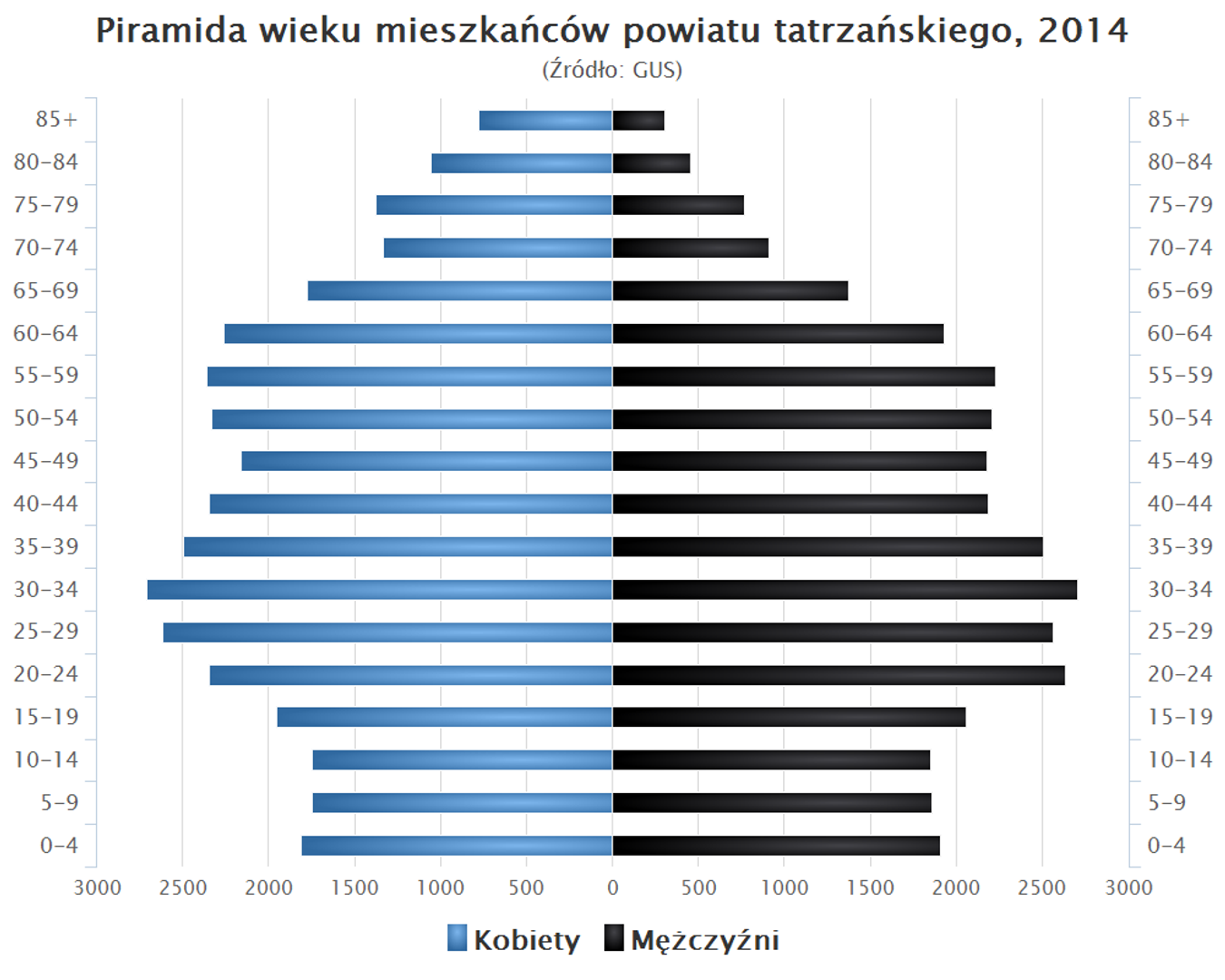
Overview
Tatra County, established in 1999 as part of the administrative reform, is located in the Lesser Poland Voivodeship, with its seat in Zakopane, which is its only town. This picturesque region, known for its mountain landscapes, highland culture, and developed tourism, is one of the unique administrative units in Poland, as it borders only Nowy Targ County. Tatra County also includes the rural communes: Biały Dunajec, Bukowina Tatrzańska, Kościelisko, and Poronin. According to 2020 data, the county was inhabited by over 68,000 people. The region's architecture is dominated by traditional wooden buildings, characteristic of the Zakopane Style, which developed at the turn of the 19th and 20th centuries, with the best example being the "Koliba" Villa designed by Stanisław Witkiewicz. Tatra County is also a place with a rich history related to the development of mountain tourism and art, making it a popular travel destination. Highland culture, passed down from generation to generation, is reflected in music, dance, and folk crafts, including ornamentation and blacksmithing, which attract both tourists and artists. The region also has a diverse religious landscape. The Roman Catholic Church plays a dominant role, with over 30 parishes, but there are also other denominations, including Buddhism, Orthodoxy, and various Protestant churches, reflecting the multiculturalism of the area. An interesting fact is that Tatra County is unique not only administratively but also naturally – it is a mountainous region home to Tatra National Park, considered one of the most valuable natural sites in Poland, offering diverse hiking trails and unforgettable mountain views. Although it is a small county, its natural, architectural, and cultural attractions draw hundreds of thousands of tourists annually, making Tatra County not only a place of relaxation but also a space for cultural and social activities.
Location
Country
You can also find here:
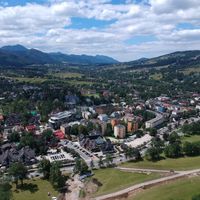
Zakopane
8.44
Zakopane Deanery

Tatra National Park
8.33
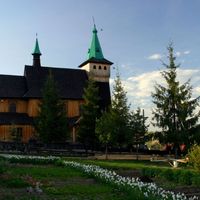
Witów
7.72

Wiktorówki Marian Sanctuary
7.71
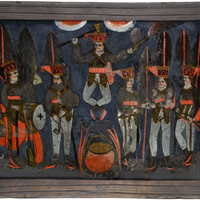
Tatra Museum of Dr. Tytus Chałubiński in Zakopane
7.49
Zakopane

Goat Peak
7.36
Zakopane Deanery
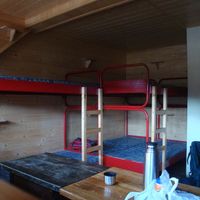
PTTK Shelter in the Valley of the Five Polish Ponds
7.33
Shores

Bukowina Tatrzańska
7.29

Shores
7.22
Zakopane Deanery
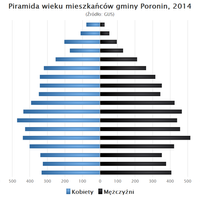
Poronin
7.22
2025 Wizytor | All Rights Reserved